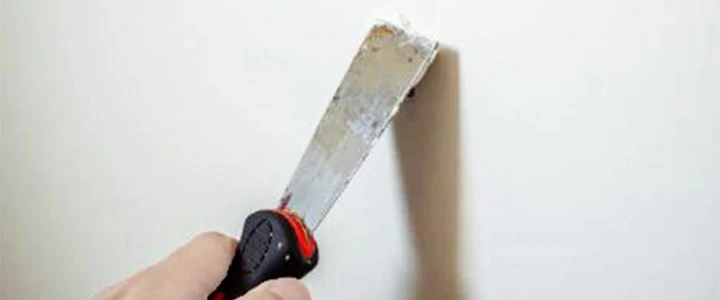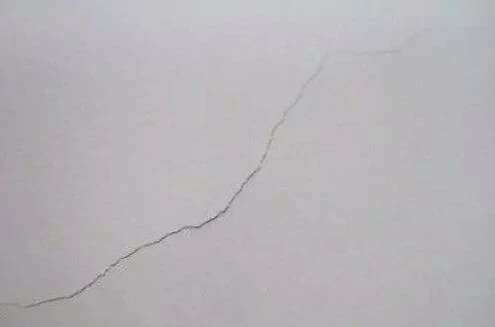
Cellulose Ether in Wall Putty

Cellulose ether (CE) is a natural additive found in many building materials as thickeners, binders, film formers, and water-retention agents. Methyl cellulose (MC), methyl hydroxyethyl cellulose (MHEC/HEMC), and methyl hydroxypropyl cellulose (MHPC/HPMC) are the most common cellulose ethers used as admixtures in building materials.
It is mixed into wall putty to help it provide the properties that this type of plaster requires while also reducing shrinking and cracking. To put it another way, cellulose ether improves the performance and durability of your wall putty while also making it safer to use. If you want to improve the final properties of your plaster or extend its life, consider using additives. Let’s take a closer look at why wall putty requires cellulose ether as an additive to produce the best results possible.
What is wall putty?
Wall putty is a white cement-based powder made of polymer and other minerals that improves the appearance of the wall. It is primarily used to fill cracks and holes in walls and to prepare an even surface for painting.
Wall Putty is a special type of plaster that is often used on the interior walls of residential buildings. It’s great for interior walls because it’s easy to use, gives a nice finish, and is very cost-effective.
Mixing wall putty is very similar to mixing water-based mud. You simply add all the ingredients together and mix them thoroughly until they form a paste. Putty is often made with a small amount of cement. Putty is typically applied with a trowel in a thin layer and then smoothed with a steel trowel to create a smooth finish.
What are the main types of wall putty?
Wall putty is classified into two types: lime putty and cement putty. Lime putty is commonly found in older homes and is primarily made of limestone. Cement putty, on the other hand, is made of Portland cement and sand. Cement-based putty is more common than lime putty. It has a longer shelf life and dries faster than lime putty. While both types can be used on interior walls, cement putty is more commonly used on exterior walls.
If you are unfamiliar with the cement-based wall putty formulation, please see the reference below.
Material | Dosage |
Dolomite 300mesh | 75–77% |
White cement | 15 % |
Hydrated lime | 7% |
1–1.5% | |
1% |
Why is Cellulose ether Important in Wall Putty?
Cellulose ether is an important additive in the formulation of wall putty because it prevents cracking and shrinkage. When lime or cement is added, small cracks form on the surface, which can lead to larger problems over time. However, adding cellulose ether to the wall putty reduces cracking during the drying process. Cellulose ether also helps to prevent shrinkage, which is an important factor.

When putty dries, it shrinks, but cellulose ether reduces shrinkage and keeps the drywall flat. Wall putty is typically applied to drywall, and it must not shrink or crack as it dries. Otherwise, the putty will develop small cracks and be difficult to paint or patch.
What Are the Benefits of Adding Cellulose ether to Wall Putty?
As previously stated, cellulose ether aids in the reduction of cracking and shrinkage. This improves the appearance of the walls while also making the wall putty easier and to safer use. Wall surface that cracks and shrinks can be difficult to apply and impossible to paint. Cracking can also be very dangerous because standing too close to it when it breaks can result in serious injuries. Adding cellulose ether to putty is a simple process. Simply combine it with the powder before mixing. After about two minutes of mixing, you’ll have wall putty that performs better and lasts longer.
Conclusion
Wall putty is a common type of plaster that is easy to mix and apply. When cellulose ether is added to the formulation of wall putty, it improves and becomes safer. The addition of cellulose ether greatly enhances construction performance by minimizing cracking and shrinkage, resulting in a perfect surface between the paint and your wall. They smooth the roughest surfaces to provide a smooth foundation for painting.
If you want to learn more about wall putty & cellulose ethers, please contact us for more details.
Contact Us
For more information, product TDS, COA, SDS, and free samples




